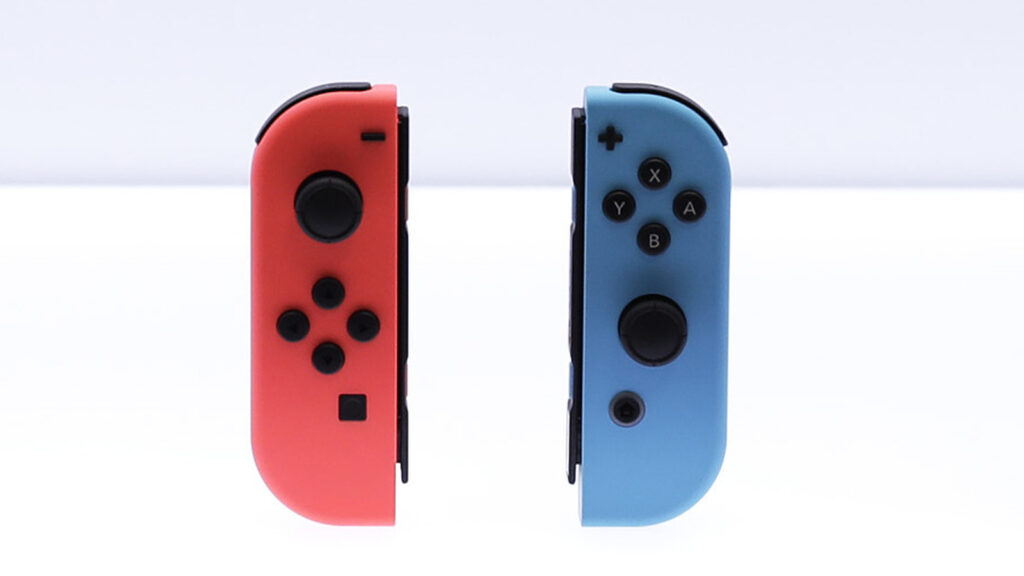
How to Build a PC for Gaming
Building a gaming PC is a rewarding experience that allows you to tailor your machine to meet your exact gaming needs and preferences. Whether you’re looking to save money, enjoy the satisfaction of building something yourself, or simply want to create a powerful machine that can handle the latest games with ease, this guide will walk you through each step of the process.
Planning Your Build
Before you start buying components, it’s crucial to plan your build. Consider what types of games you want to play, what resolution and settings you’ll be playing at, and whether you’ll be using your PC for other tasks such as video editing or streaming.
Budgeting
Your budget will determine the quality and performance of the components you can buy. Gaming PCs can range from a few hundred dollars to several thousand, depending on the performance you desire. Here are some rough budget categories:
- Entry-Level: $500 – $700
- Mid-Range: $700 – $1,200
- High-End: $1,200+
Choosing Your Components
Central Processing Unit (CPU)
The CPU is the brain of your PC. For gaming, a mid-range CPU such as the Intel Core i5 or AMD Ryzen 5 is generally sufficient. For high-end gaming and multitasking, consider an Intel Core i7/i9 or AMD Ryzen 7/9.
Graphics Processing Unit (GPU)
The GPU is the most critical component for gaming. NVIDIA and AMD are the two main manufacturers. For 1080p gaming, a NVIDIA GeForce GTX 1660 Super or AMD Radeon RX 5600 XT is a good choice. For 1440p or 4K gaming, consider the NVIDIA GeForce RTX 3070 or AMD Radeon RX 6800 XT.
Motherboard
The motherboard should be compatible with your CPU and have the features you need, such as multiple PCIe slots, USB ports, and support for high-speed RAM. Popular choices include the ASUS ROG Strix and MSI MPG series.
Memory (RAM)
For gaming, 16GB of RAM is the sweet spot. Opt for DDR4 RAM with a speed of at least 3200MHz. If you plan to stream or multitask heavily, 32GB might be worth considering.
Storage
An SSD will significantly improve load times and overall system responsiveness. A 500GB or 1TB NVMe SSD is ideal for your operating system and frequently played games. You can add a larger HDD for additional storage.
Power Supply Unit (PSU)
Choose a PSU with enough wattage to power all your components, with some headroom for future upgrades. A 650W to 750W 80+ Gold certified PSU is a reliable choice.
Case
Your case should have good airflow, adequate space for your components, and a design that you like. Popular brands include NZXT, Corsair, and Fractal Design.
Cooling
Proper cooling is essential to maintain performance and longevity. Most cases come with fans, but you might want to add more or upgrade to better ones. Consider an aftermarket CPU cooler if you’re planning to overclock.
Building Your PC
Step 1: Prepare Your Workspace
Ensure you have a clean, static-free workspace. Gather all your tools, including a screwdriver, and keep your components organized.
Step 2: Install the CPU
Carefully place the CPU into the motherboard socket, aligning the notches. Lock it in place with the retention arm. Apply a small amount of thermal paste if your cooler doesn’t come with it pre-applied.
Step 3: Install the CPU Cooler
Attach the CPU cooler according to the manufacturer’s instructions. Ensure it is securely mounted to avoid overheating issues.
Step 4: Install RAM
Insert the RAM sticks into the DIMM slots on the motherboard, ensuring they click into place. Check your motherboard manual for the correct slots to use for dual-channel memory.
Step 5: Install the Motherboard
Place the motherboard into the case, aligning it with the standoffs. Secure it with screws.
Step 6: Install Storage
Mount your SSD and HDD in their respective slots. Connect them to the motherboard using SATA cables (for HDDs and SATA SSDs) or M.2 slots (for NVMe SSDs).
Step 7: Install the GPU
Insert the GPU into the PCIe slot and secure it with screws. Connect the necessary power cables from the PSU.
Step 8: Connect PSU
Connect the PSU to the motherboard, CPU, GPU, and storage devices. Tidy up the cables to ensure good airflow.
Step 9: Power On
Double-check all connections, then power on your PC. Enter the BIOS to ensure all components are recognized and set your boot drive.
Installing the Operating System and Drivers
Step 1: Install the OS
Create a bootable USB drive with your preferred operating system (typically Windows 10 or 11). Insert the USB drive and follow the installation prompts.
Step 2: Install Drivers
Once the OS is installed, download and install the latest drivers for your GPU, motherboard, and other components. This ensures optimal performance and compatibility.
Optimizing Your PC for Gaming
Step 1: Update the OS and Drivers
Regularly check for and install updates to keep your system secure and running smoothly.
Step 2: Configure Game Settings
Adjust in-game settings to balance performance and visual quality. Use tools like NVIDIA GeForce Experience or AMD Radeon Software for automatic optimization.
Step 3: Monitor Performance
Use software like MSI Afterburner to monitor your system’s performance and temperatures. Adjust fan curves and overclock components if desired, keeping an eye on stability and temperatures.
Conclusion
Building a gaming PC is a fulfilling project that can provide you with a powerful, customized machine tailored to your gaming needs. By carefully selecting components and following this guide, you’ll create a system that can handle the latest games and provide a fantastic gaming experience for years to come.

